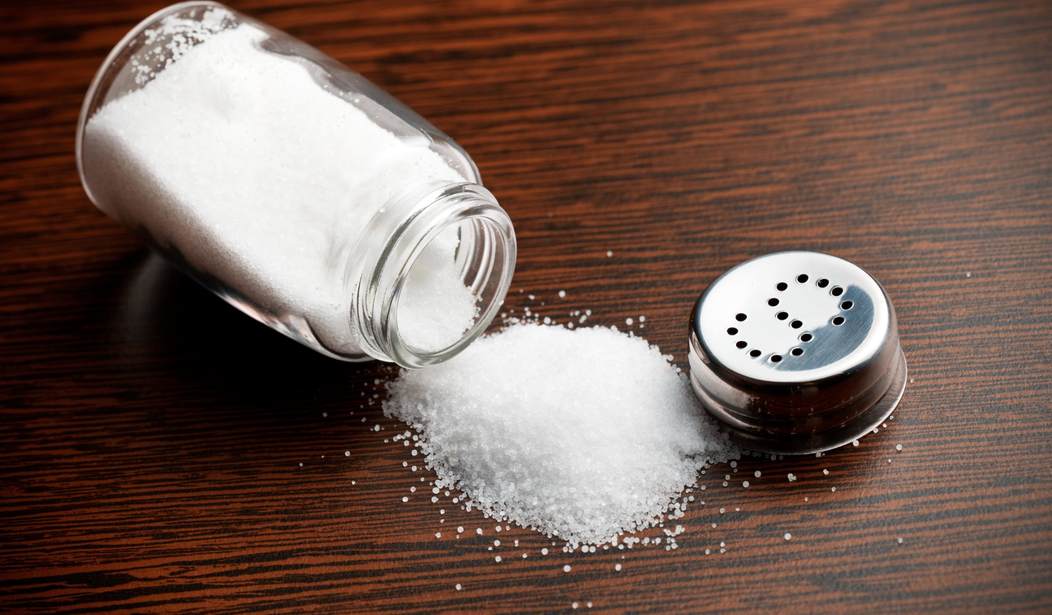World Salt Awareness Week is celebrated March 12 through 18. While many around the world will celebrate the healthy benefits of salt, others continue to peddle misinformation about sodium consumption.
It is easy to see why American consumers, families, and the general public are confused about the information they read, wondering if they are consuming too much or not enough. The conflicting information includes articles from food activists, celebrities posing as food experts, and the latest research being peddled from studies with few participants.
The best information that is consistently and readily available points to the fact that an across-the-board sodium reduction for all populations is simply not wise.
One recent example comes from a joint study of the United Nation’s International Children’s Emergency Fund (UNICEF) and Global Alliance for Improved Nutrition (GAIN). Their research reveals that nearly 19 million newborns are at risk of brain damage every year due to iodine deficiency. This amounts to 14 percent of the newborn population possibly at risk of permanent, yet preventable, brain damage and reduced cognitive function due to a lack of iodine in the earliest years of life.
Pregnant women are at an additional risk of iodine deficiency due to increased thyroid hormone production, which growing babies in the womb need for brain development. Additionally, breastfeeding moms need higher iodine intake as a necessary nutrient for infant growth.
Therefore, a population-wide sodium reduction affecting pregnant and breastfeeding mothers worldwide is not only poor advice, but harmful to their health and that of their unborn children.
The last update to the Dietary Guidelines in 2016 urged Americans to reduce their sodium consumption to 2,300 milligrams a day. Although almost ten years of research had been readily available, the previous Administration ignored scientific and peer-reviewed research and offered ill-advised suggestions to the general public.
A study from the New England Journal of Medicine monitored sodium consumption for more than 100,000 people in 17 countries. This large sample size found that the healthy range for sodium consumption was between 3,000 and 6,000 mg per day.
Contrary to our government’s Dietary Guidelines, eating less than 3,000 mg per day actually increases your risk of death or cardiovascular incidents more than a high-salt diet does.
Smarter advice from the government regarding salt consumption may be on the horizon. For the first time since the Guidelines were enacted in 1980, the United States Department of Agriculture (USDA) announced it would invite public comments on the new Dietary Guidelines.
This is an opportunity for researchers, scientists, nutritionists, and ordinary Americans to have a voice on the dietary information most important to them. It’s also an opportunity for the government to correct past misinformation on salt, and not take a “one size fits all” approach to sodium consumption.
The comment period for the Dietary Guidelines will remain open through the end of March via the Federal Register. Individuals can submit comments here.
During World Salt Awareness Week and after, remember that salt is an essential mineral and necessary for you and your family’s health and survival.









Join the conversation as a VIP Member